
The iconic, promotion-winning “Top Man” Leeds United away shirt
Leeds may have started out life playing in a blue and white striped kit but it was not long before the famed yellow and white colour scheme was introduced, coinciding with the club’s rise to prominence. It has often been Leeds’ unconventional and sometimes controversial shirt sponsorship that has helped thrust it into the public eye. Starting in the early 1980s going through to present day sponsor 32 Red, Leeds United have a wealth of shirt sponsors that are definitely worth talking about.
The original reason for Leeds adopting shirt sponsorship was due to the club’s financial situation, which was less than positive to say the very least. This probably shows with the fact that the club ran through a number of sponsors over an initial four-year period, with Lion Cabinets, WGK, Systime, and RFW all making an appearance in the shirt. In 1986 things changed with the club agreeing to a five-year deal with then local – soon to be national – clothing group Burtons Top Man. The chain would become a fixture on the Leeds United shirt, probably its most iconic shirt and the club’s first successful foray into the world of shirt sponsorship.
Following the conclusion of the Burton Top Man deal, the club needed a stopgap sponsor until a pre-agreed deal with Admiral would come into effect. Lucking out on a level that nobody would have ever expected, local newspaper the Yorkshire Evening Post stepped up and would make up a part of one of the most iconic Leeds United kits of all time. With the return of the Division 1 title to Elland Road after an 18-year absence, it’s a kit that holds a special memory for many fans.
Admiral would claim its position on the shirt come the 1992/1993 season, but that would be a short-lived association of just a year, with the season being largely uneventful when it came to league competition. Following a legal dispute, Admiral was in the rear-view mirror, proving that the financial implications of shirt sponsorship were something that no club would be willing to mess around with.
Thistle Hotels – the popular hotel chain – became sponsors for three years following this, accompanying a shirt design overhaul, with a blue and gold hoop across the chest, along with blue collar and cuffs, being implemented. Dark blue and green striped shirts were introduced in 1994, with this – along with following 1995/1996 kit – being remembered fondly by fans.
During the mid to late 1990s, with Leeds experiencing something of a league resurgence, despite not actually claiming any silverware, Leeds adopted its very first international sponsor – computer firm Hewlett Packard.
The first kit featuring the brand’s name is probably one of Leeds United’s most forgettable kits, but what followed in between 1998 and 2000 proved to be iconic. Wearing this particular kit, Leeds secured a UEFA Champions League place and a seat at European football’s top table. Following the conclusion of the Hewlett Packard sponsorship, for Leeds United’s European efforts, Strongbow would adorn the shirt. Accompanying the club’s run to the UEFA Champions League semi-final, just falling short of securing a final place, this shirt is probably the most adored by Leeds United fans, as it represents the most successful time period for the club during the Premier League era.
Post-2002, with Leeds stuck in the financial mire, also saw the conclusion of the relatively popular Strongbow sponsorship deal. From 2003/2004 whisky manufacturers Whyte and Mackay began a three-year association with the club, but they – in common with the fans – had little to cheer about as Leeds slumped to an almost unfathomable relegation.
Further relegation followed of course, with Leeds entering the most troubled time in its history. In a rare bit of good news though, they would break new ground by being one of the first English clubs to adopt a sports betting sponsor – Bet24 for the 2006/2007 season. Following this, two names would take the role of shirt sponsor in NetFlights.com and Enterprise Insurance. Both would be attached a number of kits, all of which have proven to be pretty unmemorable.
The 2015/2016 season saw Leeds doing something particularly noticeable, doing away with a shirt sponsor for a single season. Waiting for the right deal, the kit proved to be rather fresh looking and a hit amongst fans. The shirt sponsor void was eventually filled by 32 Red, a popular UK online casino, that would rubber stamp – initially in red – the club’s resurgence.
However, this would be met with a backlash, red being the colour of Man United. Answering the fans’ concerns and quashing the controversy, the 32 Red logo was changed to blue for the 2016/2017 season and gold for the 2017/2018 season. That being said, no matter the colour, it’s evident that, as Leeds United make a realistic (but bumpy) challenge to return to the Premier League, 32 Red will be backing them every step of the way.


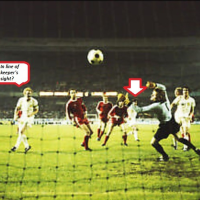
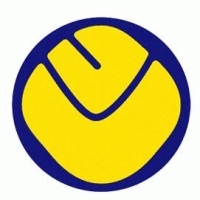
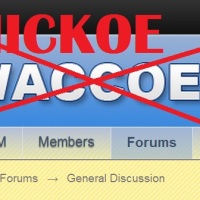
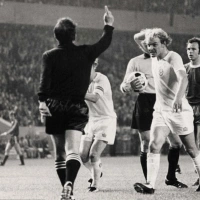
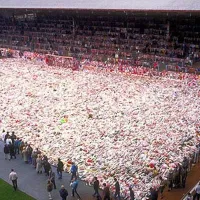
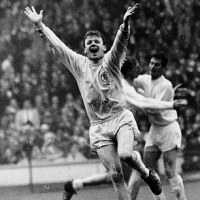

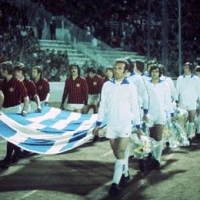

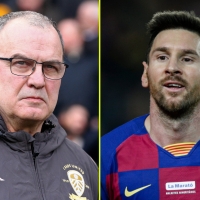








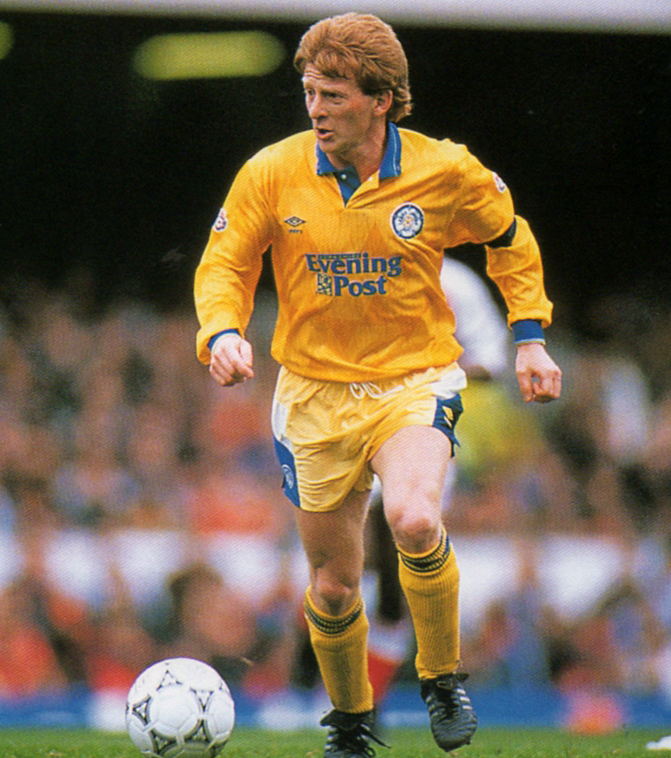

Won’t be long before we can add Emirates to the list…
LikeLike
It was Packard Bell Rob, not Hewlett Packard.
LikeLike
Noted, thanks.
LikeLike
Our colours were historically blue and gold – not yellow, although somewhere along the way the gold has evolved into yellow.
LikeLike
What about Redkite??
LikeLike